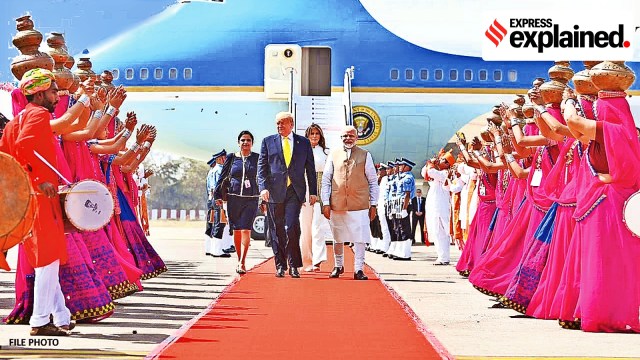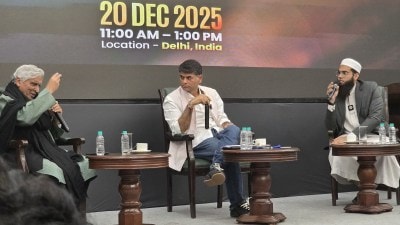India grew from being a strategic to an indispensable partner to the United States during Donald Trump’s first term as President, between 2017 and 2021. India and the US became closer than ever before during this period.
With Trump set to return to the White House, here is what Trump 1.0 looked like from New Delhi.

Cooperation on defence, terrorism & energy
Prime Minister Narendra Modi visited the White House in June 2017, six months after Trump assumed office. During this meeting, Trump promised Modi that he would visit India during his term — a promise he delivered on three years later, when he addressed thousands of people in Ahmedabad’s newly-built Narendra Modi Stadium.
The two met several times between 2017 and 2020. The fruits of this high-level bilateral engagement were seen in the Trump administration’s robust support to India on terrorism. The US supported the designation of Jaish-e-Mohammed chief Masood Azhar as a global terrorist by the UNSC following the Pulwama attack in 2019, as well as the grey-listing of Pakistan by the Financial Action Task Force (FATF) in 2018.
India’s defence procurement from the US climbed to $ 18 billion annually in 2019, as India was elevated to the Tier I of the Strategic Trade Authorization (STA) license exception. This significantly opened up high level American defence technologies to India — a far cry from the technology denial regimes of yesteryear — improving the country’s military preparedness, and diversifying its defence acquisition.
The impact of this heightened cooperation was evident in how smoothly New Delhi and Washington shared intelligence during the Galwan Valley skirmishes between India and China in April-May 2020.
The energy sector was another area in which the India-US relationship grew during Trump 1.0. The Trump presidency saw the launch of the bilateral Strategic Energy Partnership in April 2018, with India starting to import crude and LNG from the US. In just two years, the value of this import was estimated to have risen to $ 6.7 billion from zero — making the US India’s sixth largest source of hydrocarbon imports.
Story continues below this ad
Some challenges and a major controversy
That said, things were not completely hunky dory. The energy partnership was signed because Trump effectively forced India to stop buying oil from Iran — a quintessentially Trumpian “red line” from which he would not budge.
Another one of Trump’s peeves with India was the tariff regime. Despite the US becoming India’s largest trading partner, and bilateral trade in goods and services growing by more than 10% per annum between 2016-18 to reach $142 billion, Trump always wanted better tariffs from India, and a more predictable regime to conduct business in. Most notably, this became a bugbear when he demanded that tariffs on Harley Davidson bikes be waived in India.
Trump’s attitude to immigration — even the movement of skilled H1-B visa holders — was another sore point in the two countries’ bilateral relationship.
But perhaps the single biggest controversy between India and the US under Trump came when the president offered to mediate between New Delhi and Islamabad on the Kashmir issue — a longstanding “no go” for Indians. This came as he attempted to nuance his otherwise critical position on Pakistan in the run-up to the US troop withdrawal from Afghanistan, in which Pakistan mediated between the Americans and the Taliban.
Story continues below this ad
But, having gone as far as saying that Modi “asked him” to mediate between India and Pakistan, Trump quickly backtracked to the official US position — that Washington will be willing to mediate only if both sides want.
China a common rival, strategic threat
The most significant contribution of Donald Trump was to firmly establish Cina as a strategic threat and a rival. That became a strategic glue for the Indo-US ties during his tenure. Not only did he revive the Quad grouping of India, the US, Australia, and Japan, Trump also laid out a strategy to confront China’s aggressive behaviour in the Indo-Pacific.
Trump’s also had a non-commentative approach to India’s human rights record — something that New Delhi appreciated.








































